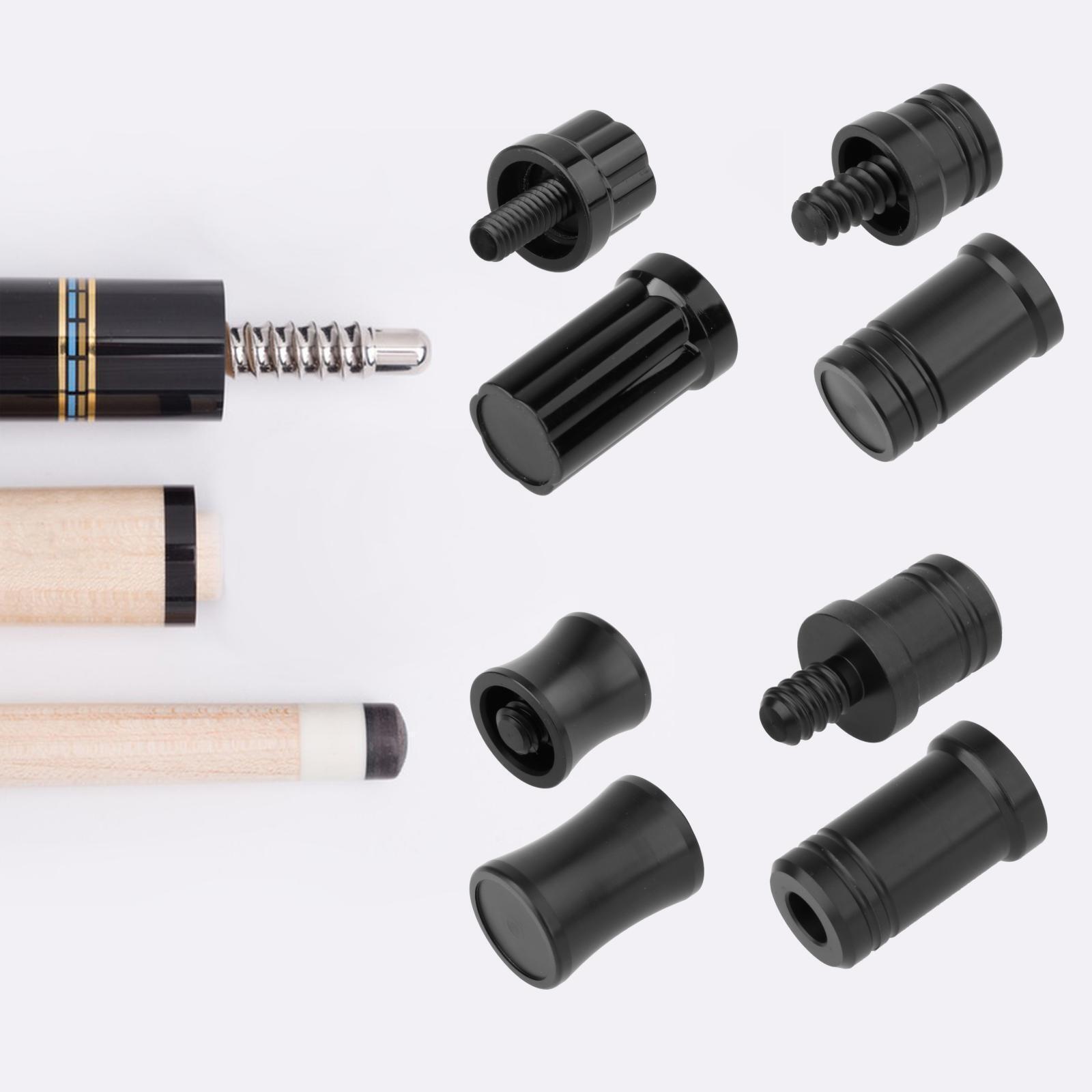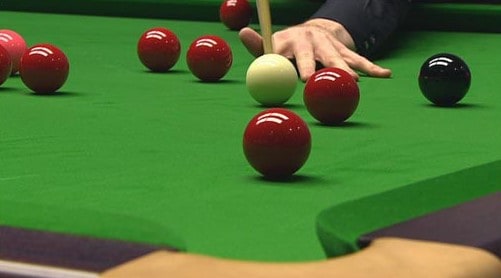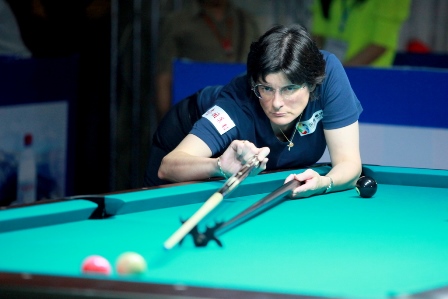
Billiards can be played with skill. To win, players must hit the cueball at a given angle. This allows the cue to move at a specific speed and adds a spin to it. Many players take their shots without thinking about the angle and shoot haphazardly. If you're a beginner, you can take some time to learn about the different positions you can hit the cue ball in order to get a clear idea of where you should be hitting it.
To get a solid grasp of the game, the most important thing is to understand all the angles you can target. It can be costly to make mistakes. Make sure you practice all angles and understand how they affect your play. You can actually learn the angles and how they affect your shot by taking the time to practice. This will give you the confidence to take better shots in the future.

A notepad and a pen are the best tools to help you determine your angles. Consider how the impact of each hit on the cue ball will affect the rest. A general plan should be developed for every shot. To draw back the cueball, for example, it is best to hit the ball just above its center. It won't do any good if it doesn't get followed through.
Playing a few games is another way to gain a feel for the cueball. One option is to play pool online. The web version allows you to place the cueball and tap the left mouse button. Once you feel confident with this game, you will be able to play real pool.
It is not easy to find the perfect cue ball angle. Although it takes some trial and error, it is possible. You must take time to hit your ball correctly and follow through. Your chances of hitting the ball with a successful shot are slim.
You should also consider other factors when deciding where to hit your cue ball. While there is no magic number, the best places to aim are the areas of the table that allow for the least amount of interference from other players. You will also need to speak the right English to achieve the best results.

A tangent lines is a line that the cueball follows after impact. The cue ball's center should be the tangent line. It should run parallel to the cue ball's direction. A tangent is particularly useful when the cue ball rolls. It is also possible to use the speed of a cue ball to determine the direction for the tangent.